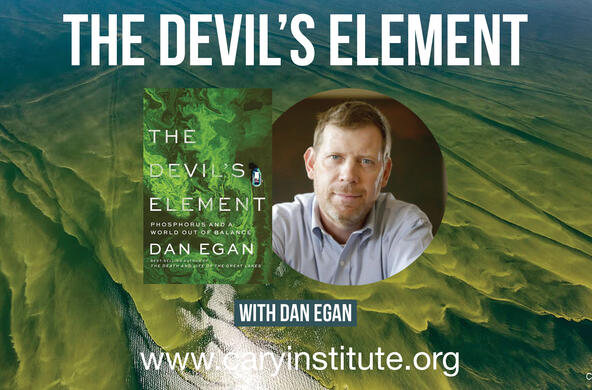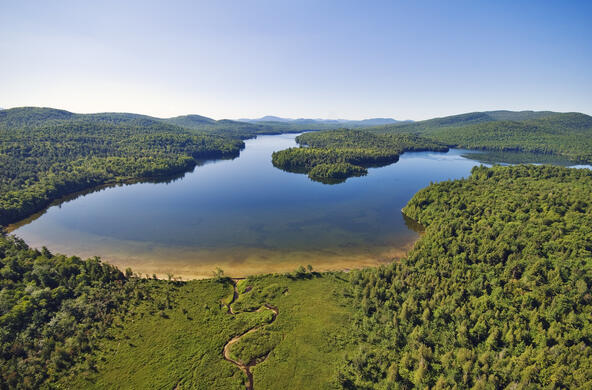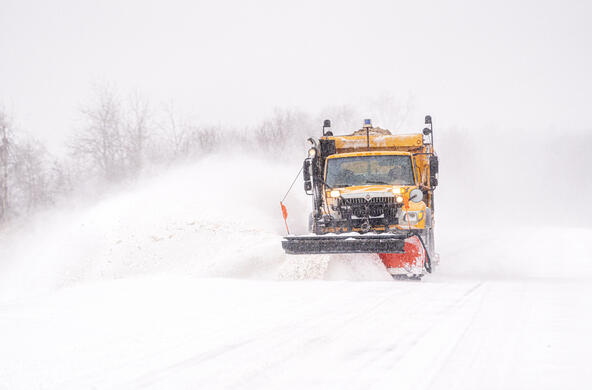Farmers have tilled agricultural soils since Biblical times, and cultivated land still dominates our food production. But, a number of years ago, the practice of no-till agriculture was adopted in much of the United States, driven by the advent of selective herbicides that allowed farmers to kill the weeds, but not their crop, without frequent cultivation. When used with Genetically Modified Organisms (GMOs) crop varieties, these herbicides saved a lot of time, effort, and diesel fuel that was previously devoted to cultivation.
No-till agriculture was quickly noted for some other benefits as well, such as lower rates of soil erosion and greater storage of soil organic matter, at least in the upper soil layers. The latter benefit has factored into reductions in CO2 emissions from agricultural activity, and may even result in some net carbon sequestration in no-till soils.
As with so many decisions, the switch to no-till agriculture, which now accounts for more than 1/3 of the agricultural land in the United States, is not without problems. Most of these problems were not recognized immediately, but now their impacts are felt, particularly in the runoff draining agricultural lands.
As early as 1984, Groffman and his coworkers, then at the University of Georgia, noted that in no-till soils, the concentrations of plant nutrients, such as nitrogen, were highest at the soil surface. This reflects fertilizer additions to the soil and the lack of downward mixing that is normally associated with cultivation. In recent years, phosphorus concentrations in waters draining agricultural lands have increased, especially since 2000, with the greater implementation of no-till agriculture. Agricultural lands contribute a large fraction of the waters draining to the Great Lakes.
Now, just as we might be expecting to witness an improvement in the quality of Lake Erie’s waters by the removal of phosphorus from detergents and sewage treatment waters, the lake is showing increasing signs of eutrophication, reminiscent of the 1960s. Harmful blooms of algae appear in summer, lowering water quality and the survival of fish populations. An algal bloom rendered toxic conditions in the drinking water of Toledo, Ohio in the summer of 2014.
The United States participates in several bilateral agreements with Canada to lower phosphorus concentrations, also known as loading, to Lake Erie’s waters, and changes in agricultural practices will certainly be invoked to reduce the losses of phosphorus and other plant nutrients from agricultural lands. The Science Advisory Board (SAB) of the (US) Environmental Protection Agency concluded that a 40 percent reduction in phosphorus inputs to Lake Erie will improve Lake Erie water quality and reduce harmful algal blooms, although blooms may still occur periodically in the western portion of the Lake.
Some 30 million people depend on the Great Lakes for their drinking water, as well as access to recreation. Besides sharing a coastline with Canada, the watershed of the Great Lakes extends across numerous state boundaries. The Great Lakes are a prime candidate for Federal-level intervention. Let’s hope that Congress has the common sense not to exclude the Great Lakes Restoration Initiative from the Federal budget for fiscal year 2018. If we are to ensure high quality water, significant effort must be put to managing sources of nitrogen and phosphorus in runoff that reaches the Great Lakes—Lake Erie in particular.
[N.B. William H. Schlesinger is a member of the EPA’s Science Advisory Board, but the views herein are his own]
References
Christianson, L.E., D.R. Harmel, D. Smith, M.R. Williams, and K. King. 2016. Assessment and synthesis of 50 years of published drainage phosphorus losses. Journal of Environmental Quality 45: 1467-1477.
Egan, D. 2017. The Death and Life of the Great Lakes. Norton.
Groffman, P.M., G.J. House, P.F. Hendrix, D.E. Scott, and D.A. Crossley. 1986. Nitrogen cycling as affected by interactions of components in a Georgia Piedmont agroecosystem. Ecology 67: 80-87.
Jarvie, H.P., L.T. Johnson, A.N. Sharpley, D.R. Smith, D.B. Baker, T.W. Bruulsema and R. Confesor. 2017. Increased soluble phosphorus loads to Lake Erie: Unintended consequences of conservation practices. Journal of Environmental Quality 46: 123-132.
Scavia, D and 13 others. 2017. Multiple models guide strategies for agricultural nutrient reductions. Frontiers in Ecology and Environment 15: 126-132.








